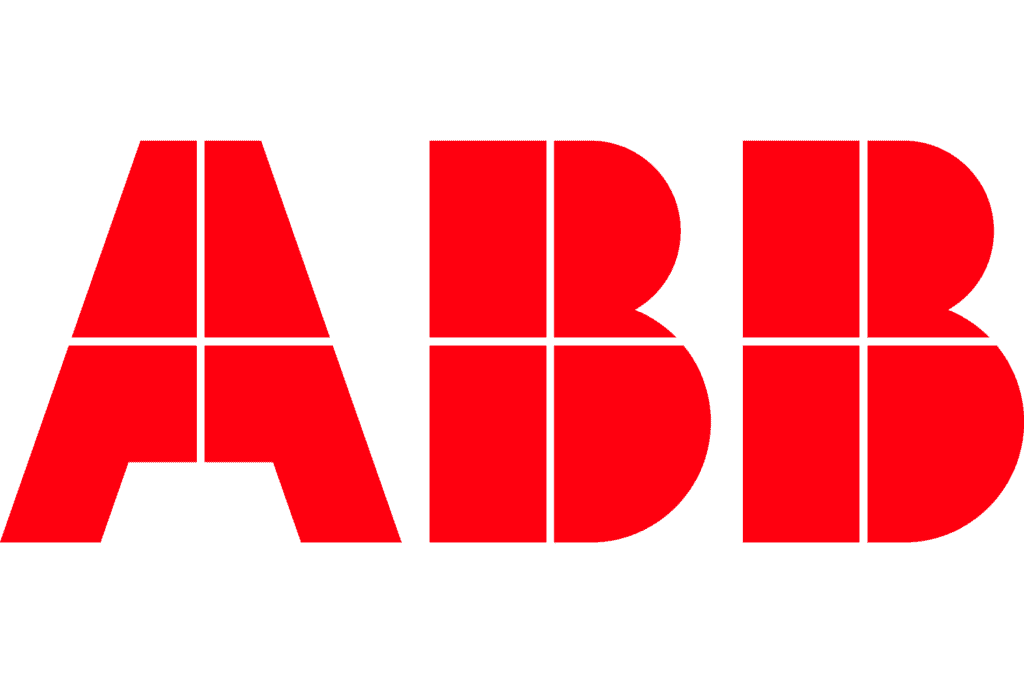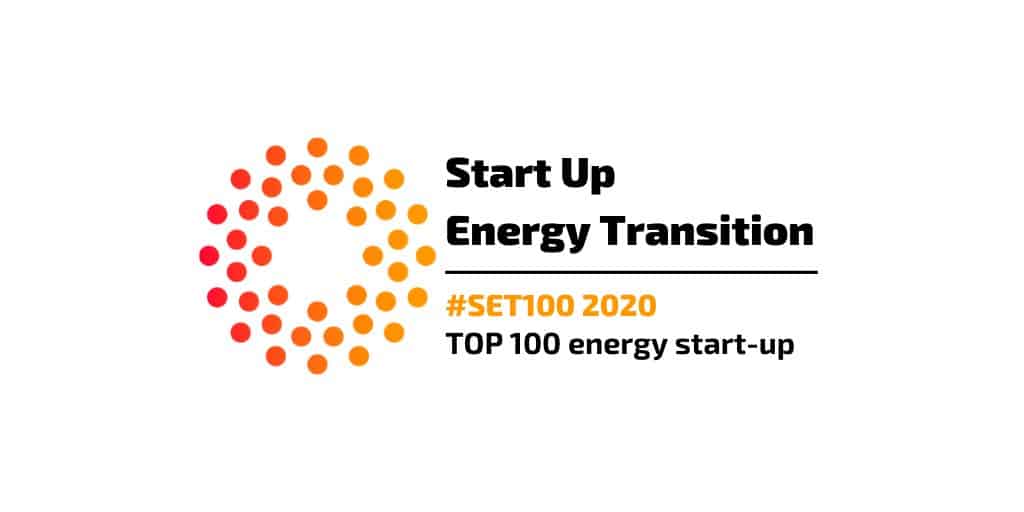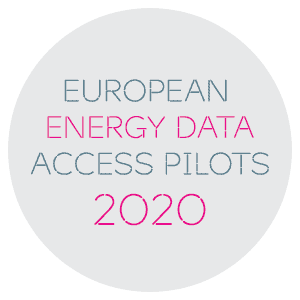Isn’t Data-as-a-Service the same as data hub aggregation?
There are a number of different data management approaches such as data lakes and data hub aggregation, and while there is plenty of overlap, they shouldn’t be confused with Data-as-a-Service. Let’s start with data lakes. They are central repositories for raw data, created solely for data storage with no real facility for processing, analytics or similar. In other words, there is no option to operationalise or share data stored in data lakes but they can be a low cost storage solution. Data hubs on the other hand take data management much further –they use a hub and spoke architecture to enable data storage and sharing between disparate systems in a far more agile approach. Data hub aggregators are systems which are engineered specifically to facilitate data sharing, integration and processes such as data standardisation.
So how is Data-as-a-Service different? Data-as-a-Service streamlines the entire data service journey from capture and storage through to integration, analytics and end user management in one bespoke operation and on one tech platform. It has less of a focus on storage and concentrates instead on two distinct elements which particularly stand it apart from data hub aggregators. These are:
- Integration – the application of API technology makes it easy to connect to multiple data providers at scale, and solves the problem of how to integrate big data with outdated systems
- Management of external relationships with the end user, including contract management and user onboarding











